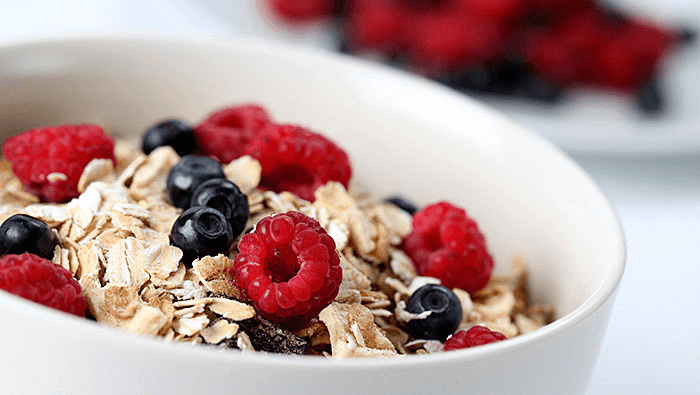Cholesterol (High Blood Lipids) and Heart Disease in Women

Have you had your cholesterol levels checked recently? If not, you are not alone. About a quarter of women have not had their cholesterol checked in the past five years.
All it takes is a simple blood test to find out if you have high cholesterol.
What is cholesterol?
Cholesterol is a soft, fat-like substance found in the blood and in all the body’s cells. When it builds in the inner walls of your arteries over time, it hardens and turns into plaque. That plaque can narrow the artery walls and reduce blood flow. That can cause blocks that can lead to blood clots, heart attacks or strokes.
You might be surprised to learn that your body needs cholesterol to function normally and to stay healthy. However, our bodies are fully capable of making all the cholesterol they need. It’s what you put into your body (such as salty snacks and baked goods), and in some cases your family health history, that may signal potential health issues in the future.
Not all cholesterol is created equally. There are two types: LDL and HDL. Understanding the difference and knowing the levels of each in your blood is critical. Too much of one type, or not enough of another, can put you at risk.
Cholesterol types
- LDL (bad) cholesterol (LDL-C): This is the type that can clog your arteries and put you at risk for a heart attack or stroke when there is too much present in the bloodstream. It’s produced naturally by the body. However, if your body creates too much LDL cholesterol, this may be inherited from your parents or grandparents. Eating a diet high in saturated fat, trans fats and cholesterol also increases how much you have.
- HDL (good) cholesterol (HDL-C): Some experts believe that high levels of this type of cholesterol remove excess plaque from your arteries, slowing its buildup and helping to protect against a heart attack. Low levels can increase your heart attack risk.
- Triglycerides: This is a form of fat made in the body. If you are inactive, eat a diet high in carbohydrates, smoke, are obese or drink too much alcohol, it can raise triglyceride levels, and lead to high LDL and low HDL levels.
Putting an end to bad cholesterol
Past treatment guidelines directed health care professionals to focus on patients’ target goal levels for total cholesterol, LDL, HDL and triglycerides. However, current prevention guidelines suggest more is needed.
Your specific numbers are still important, but the best treatment considers your specific numbers in the context of your overall risk for heart disease.
The American Heart Association recommends all adults 20 or older have their cholesterol checked every 4-6 years if their risk for heart disease is low.
Your heart is in your hands as cardiovascular disease is largely preventable. Schedule an appointment with your health care professional today to learn your cholesterol numbers and work together to reduce your risk.
Learn more about cholesterol and the prevention and treatment of high cholesterol.






